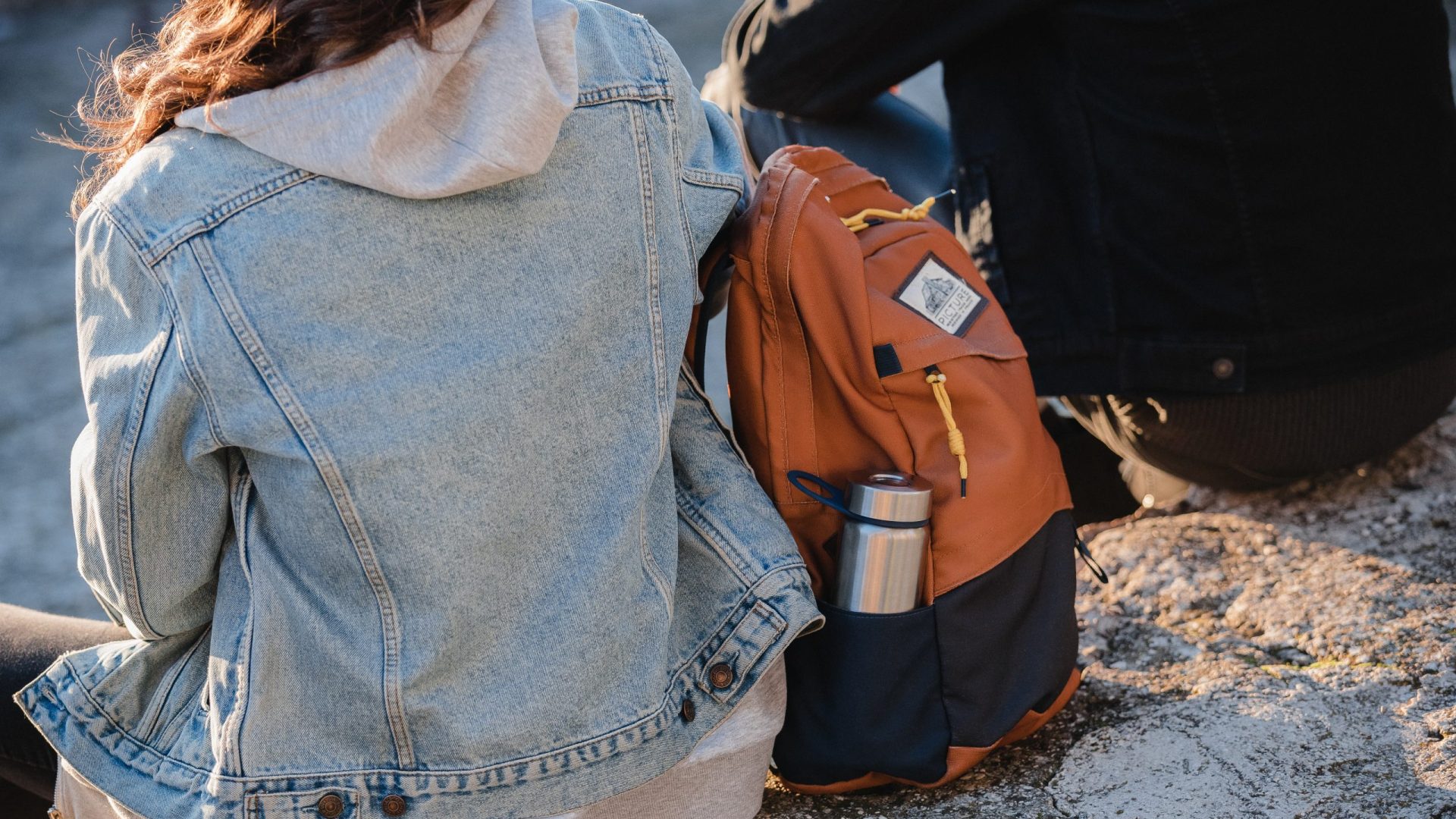
Studies show we’re using more single-use plastic than ever before. In the spirit of Plastic Free July, columnist Sarah Reid takes a closer look at how the zero-waste movement has lost steam in the world of travel.


Studies show we’re using more single-use plastic than ever before. In the spirit of Plastic Free July, columnist Sarah Reid takes a closer look at how the zero-waste movement has lost steam in the world of travel.
Welcome to the era of regenerative tourism. Entire nations are gaining sustainable destination certification (see: Singapore), and France has even banned short-haul flights in an effort to fight climate change.
Yet while most global travelers say they want more sustainable options, we’re continuing to neglect one of the biggest threats to the planet, as well as the joy of travel: Plastic. The scourge of single-use plastic pollution was a key driver of the sustainable travel movement, but it seems like many travelers have forgotten.
As I boarded a snorkeling tour boat in Bali recently, I was surprised to see every single other tourist accept a plastic bottle of water offered by the captain. All while the boat was bobbing in a slick of marine plastic. I can count on one hand how many fellow travelers I’ve spotted using their own reusable bottles and cups on flights post-COVID-19.
My observations obviously aren’t reflective of every one of the 960 million or so travelers who ventured abroad in 2022—but the data tells us that people are using more single-use plastic than ever. According to one report, 139 million metric tons of single-use plastic was generated in 2021—that’s six million metric tons more than 2019. And here’s the kicker: The plastic-bottled water industry is currently booming.
I get it. It can be difficult to avoid single-use plastics on the road. I use the term “difficult” because if you travel with a zero-waste travel kit, it’s rarely impossible unless there’s no water source available to fill your reusable water bottle. The proliferation of water purification devices available in 2023 means you can now treat water for drinking just about anywhere. A growing number of tour operators helpfully provide refills. And when airport security measures don’t give you the chance to fill your bottle before boarding, simply ask the flight attendant to fill your bottle instead of a single-use plastic cup.
Many destinations have taken the single-use plastic crisis into their own hands. More than 100 countries now have a full or partial ban on plastic bags, and lawmakers in Hawaii are currently considering a plastic bottle ban across the state.

But it’s not enough, says Dr. Anja Brandon, Associate Director of US Plastics Policy at Ocean Conservancy, which this week released a new report on ocean plastic that calls for more meaningful action.
“Each year, around 11 million metric tons of plastic pollution enter our ocean from land-based sources alone—that’s more than a garbage truck’s worth of plastic entering the ocean every single minute,” says Brandon. Without dramatic changes, she adds, that figure is expected to triple by 2040. And its impacts are far-reaching.
“Beyond the nearly 1,600 species that have been reported to ingest plastics, we know that humans ingest microplastics through the food we eat, the water we drink and the air we breathe, to the tune of over 800 microplastics a day per adult,” says Brandon. “So we really can’t just think of this as just an ocean problem. This is an all-of-us problem now.” And let’s not forget that the production of plastics, made from fossil fuels, is responsible for approximately 3.4 percent of greenhouse gas emissions.
But what about the risk of per- and poly-fluoroalkyl substances (PFAS), you ask? A complex group of synthetic chemicals that have been used in consumer products since the 1950s (from non-stick frying pans to clothing), PFAS are now found in water (as well as air and soil) around the globe. Linked to myriad health issues, it’s nasty stuff. And it has become an easy excuse for many to reach for bottled water. Yet with more than a third of plastic bottled water sold in the US alone found to contain PFAS, it’s not a particularly good excuse.
“We know that PFAS is in plastic products as well,” says Brandon. “It is just one of the over 13,000 chemicals that are associated with the plastic sector.” (Tip: Look for reusable filter bottles that use activated carbon, thought to be the most effective treatment for PFAS removal.)
Of course, the global travel community alone can’t solve the global plastic crisis. But imagine the impact of this 960 million-strong group pledging to take action.
The global Plastic Free July initiative encourages individuals to be part of the solution by accepting the challenge to eschew single-use plastic packaging and/or target items (such as plastic bottles) for a day, week, month or more. For travelers with the privilege of not needing to rely on single-use bottles (or other utensils) for survival, thinking twice before reaching for them on the road is an easy place to start.






Can't find what you're looking for? Try using these tags: